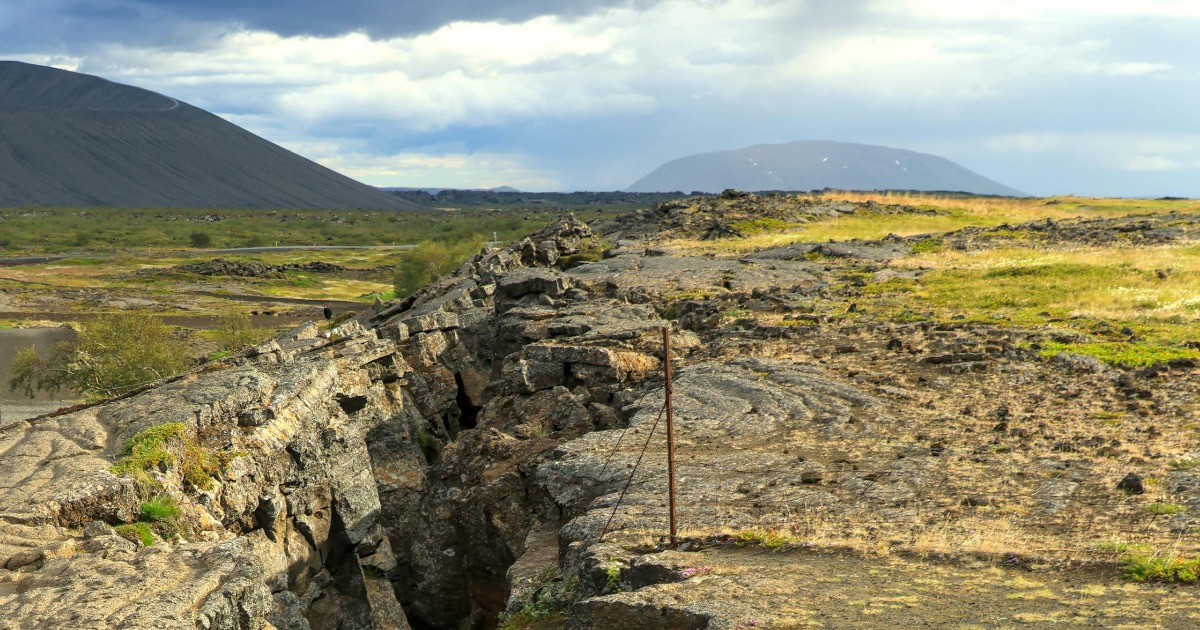- 2.5Impact Factor
- 5.5CiteScore
- 20 daysTime to First Decision
Machine Learning Approaches for Seismic Data Analysis
This special issue belongs to the section “Computing and Artificial Intelligence“.
Special Issue Information
Dear Colleagues,
We are pleased to invite you to contribute to the Special Issue titled “Machine Learning Approaches for Seismic Data Analysis”.
In recent years, the interpretation of seismic data using standard methods has become increasingly difficult, and large amounts of data end up not used due to a lack of time. Moreover, since many different features of seismic data are available for the same phenomena at the same time, it is difficult to detect relevant information in a multidimensional space. Due to the large amount, complexity and noise of seismic data, conventional methods often reach their limits in data processing and interpretation. On the other hand, significant progress has been made in machine learning techniques, using both supervised and unsupervised learning and different architectures such as deep learning models. The application of machine learning approaches is changing and will continue to change seismic data analysis by providing more adaptable and accurate solutions.
This Special Issue will collect papers on the application of machine learning in seismic data analysis.
Topics covered include automatic earthquake detection systems, real-time monitoring methods, earthquake forecasting both for strong earthquakes and within seismic clusters, approaches to noise reduction and seismic signal enhancement. In addition, this Special Issue discusses novel architectures such as convolutional neural networks and recurrent neural networks that can be used to capture complicated patterns in seismic data and, conversely, perform robust analysis when only limited data are available, with techniques used to avoid overfitting. Research studies that explore the effectiveness of machine learning approaches applied to different types of seismicity for improving the interpretation of geological features, such as fault detection or fluid movement in volcanic and non-volcanic environments, are also welcome. Finally, insights into the integration of different data sources, feature development and domain-specific challenges are provided, offering a roadmap for future research and practical applications.
Original research articles and reviews are welcome in this Special Issue. Research areas include, but are not limited to, the following applications of machine elarning:
- Waveform picking and earthquake location;
- Automatic clustering of seismic data;
- Earthquake and artificial signal discrimination;
- Earthquake forecasting;
- Earthquake magnitude forecasting for early warning;
- Integration of seismic and non-seismic data in earthquake forecasting.
We look forward to receiving your contributions.
Dr. Stefania Gentili
Prof. Dr. Ester Piegari
Guest Editors
Manuscript Submission Information
Manuscripts should be submitted online at www.mdpi.com by registering and logging in to this website. Once you are registered, click here to go to the submission form. Manuscripts can be submitted until the deadline. All submissions that pass pre-check are peer-reviewed. Accepted papers will be published continuously in the journal (as soon as accepted) and will be listed together on the special issue website. Research articles, review articles as well as short communications are invited. For planned papers, a title and short abstract (about 250 words) can be sent to the Editorial Office for assessment.
Submitted manuscripts should not have been published previously, nor be under consideration for publication elsewhere (except conference proceedings papers). All manuscripts are thoroughly refereed through a single-blind peer-review process. A guide for authors and other relevant information for submission of manuscripts is available on the Instructions for Authors page. Applied Sciences is an international peer-reviewed open access semimonthly journal published by MDPI.
Please visit the Instructions for Authors page before submitting a manuscript. The Article Processing Charge (APC) for publication in this open access journal is 2400 CHF (Swiss Francs). Submitted papers should be well formatted and use good English. Authors may use MDPI's English editing service prior to publication or during author revisions.
Keywords
- machine learning
- deep learning
- supervised and unsupervised learning
- noise reduction
- clustering
- earthquake forecasting
- real-time monitoring

Benefits of Publishing in a Special Issue
- Ease of navigation: Grouping papers by topic helps scholars navigate broad scope journals more efficiently.
- Greater discoverability: Special Issues support the reach and impact of scientific research. Articles in Special Issues are more discoverable and cited more frequently.
- Expansion of research network: Special Issues facilitate connections among authors, fostering scientific collaborations.
- External promotion: Articles in Special Issues are often promoted through the journal's social media, increasing their visibility.
- e-Book format: Special Issues with more than 10 articles can be published as dedicated e-books, ensuring wide and rapid dissemination.

